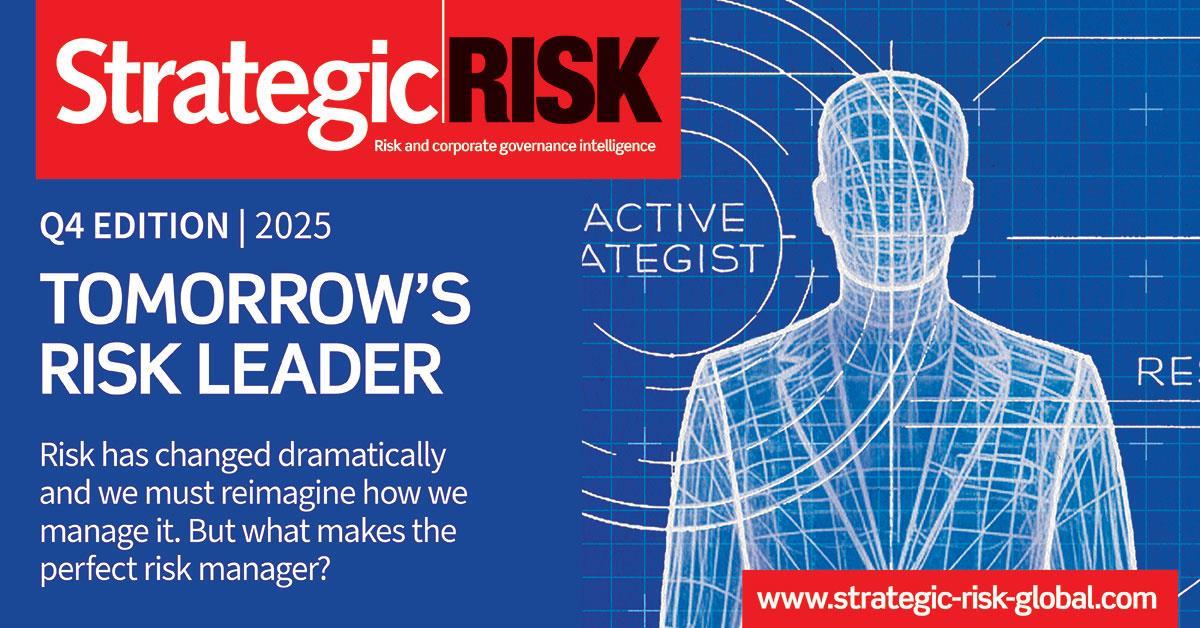With a cagr of 16%, cyber is one of the fastest growing insurance markets, driven by growing threat vectors and high-profile incidents
The cyber insurance market saw an compound annual growth rate (cagr) of 16% over the last five years, making it one of most rapidly growing insurance segments.

This is according to a report from credit rating agency Morningstar DBRS, titled Cyber Insurance – A Tool to Mitigate Increasing Cyber Threats to Corporates, SMEs and Banks.
The report suggested that the growth was largely a response to the “adoption of new digital technologies, including artificial intelligence”, and a “reliance on third-party services”, leading firms to become “increasingly vulnerable to cyber attacks and operational incidents”.
Asymmetrical impact
These attacks – such as the recent incidents involving retailers Marks and Spencer and Co-op, estimated to have cost the firms between £270m and £440m – impact almost every industry.
Read: SMEs warned of ‘serious consequences’ if not prepared for cyber attacks
Read: Cyber resilience is imperative for SMEs – Cowbell UK
Explore more cyber-related content here, or discover other news stories here
The healthcare sector experiences the costliest data breach incidents, with the average financial impact of such events reaching £8.4m in 2024.
The financial (£5.2m), industrial (£4.7m) and technology (£4.7m) industries have the next highest cost per incident. The energy, pharmaceutical, professional services, transportation, entertainment and communications industries all had slightly lower costs, at between £3.5m and £4.5m per data breach.
Evolving landscape
The report also highlighted the difficulties posed to insurers by the evolving landscape of cyber threats.
Morningstar DBRS explained: “Cyber insurance risks develop in a fast-changing landscape characterised by the quick spread of emerging digital technologies, a changing and developing regulatory environment and increasing geopolitical tensions.
“This supports the proliferation of existing and new, malicious and non-malicious cyber threats that can ultimately lead to an increase of cyber claims.”
In 2024, 24% of cyber claims notifications related to network interruptions – disruptions to a firm’s computer network systems.
Some 20% of notifications related to data breach events, while 18% related to ransomware events, and a further 13% to system infiltrations.
Phishing scams, e-crime and other incidents constituted the remaining 25% of notifications.
These events, while often targeted at a single firm, have the potential to impact a wide range of auxiliary firms and supply chain dependencies, highlighting why cyber insurance has proven to be one of the fastest growing markets.

He graduated in 2017 from the University of Manchester with a degree in Geology. He spent the first part of his career working in consulting and tech, spending time at Citibank as a data analyst, before working as an analytics engineer with clients in the retail, technology, manufacturing and financial services sectors.View full Profile
Hosted by comedian and actor Tom Allen, 34 Gold, 23 Silver and 22 Bronze awards were handed out across an amazing 34 categories recognising brilliance and innovation right across the breadth of UK general insurance.
























































No comments yet